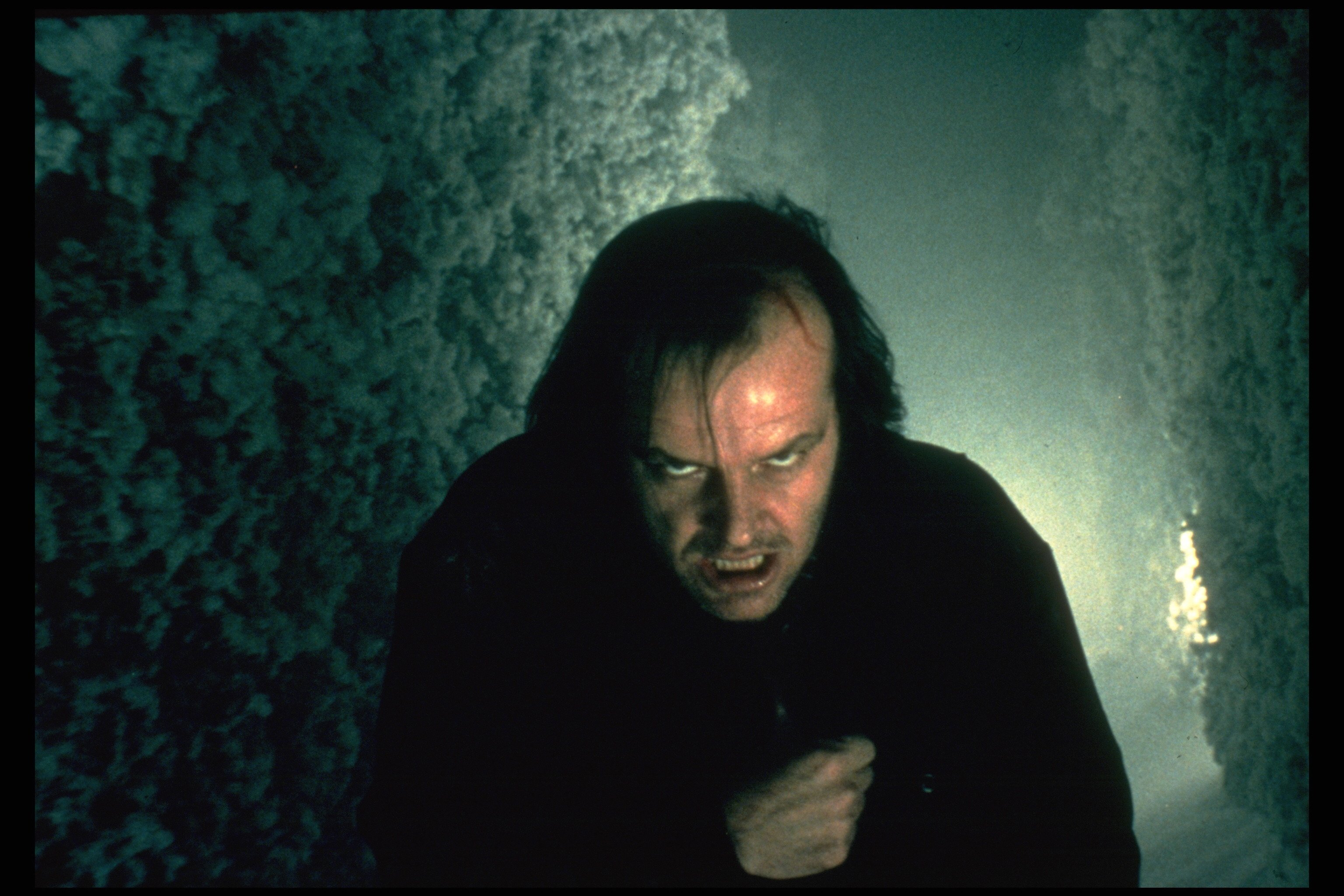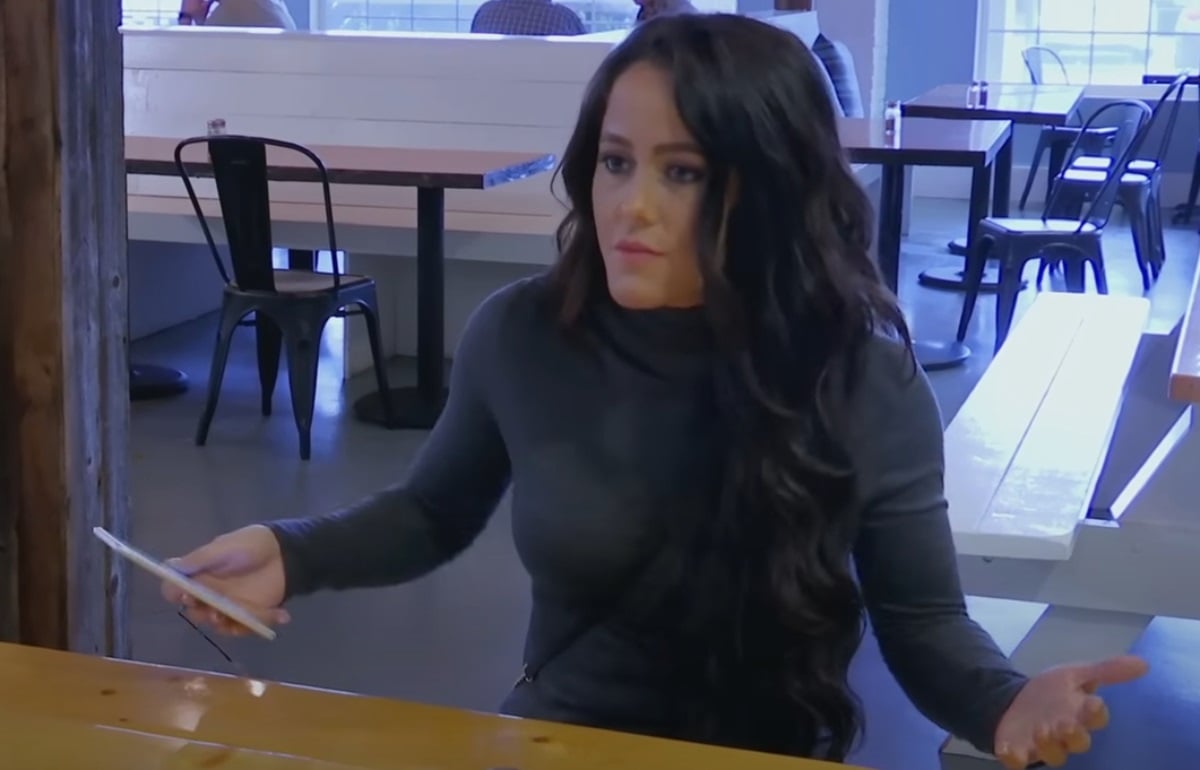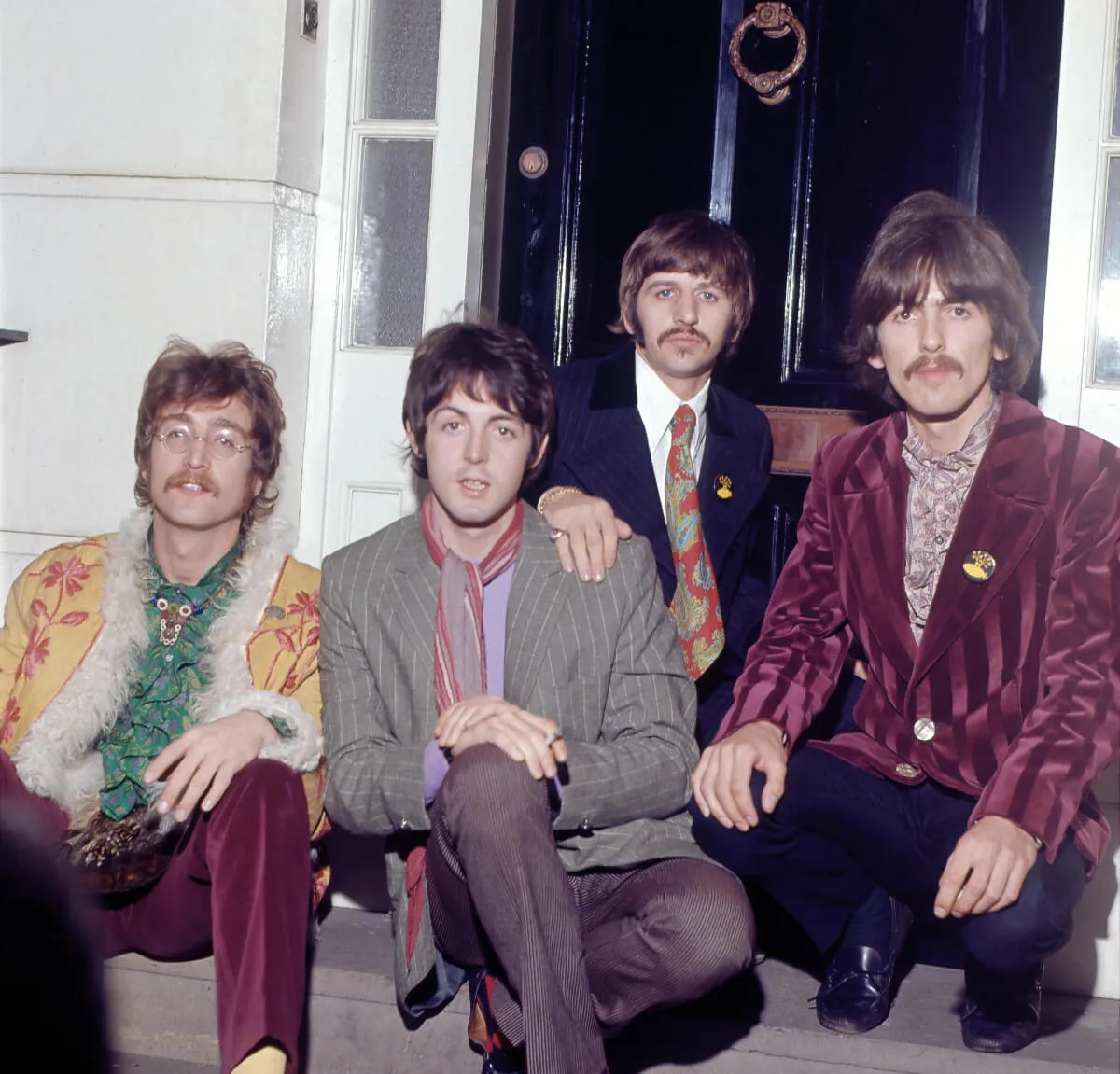‘The Shining’: Why Stanley Kubrick Changed the Original Ending
Stanley Kubrick was a director known for his uncompromising vision, however, that doesn’t mean he couldn’t change his mind. For example, he decided to significantly alter the ending of his only horror film, 1980’s The Shining. Here’s what the original ending was like — and why Kubrick changed it.

The original ending of Stanley Kubrick’s ‘The Shining’
Firstly, a recap. The final cut of The Shining originally depicted the caretaker of the Overlook Hotel, Jack Torrance, freezing to death outside the Overlook. During that version of the film’s final shot, we also see Torrance in a photograph of a Fourth of July ball which had been held at the Overlook in the 1920s. This ending spawned numerous interpretations.
According to Entertainment Weekly, an earlier cut of the film included a scene before audiences saw the photograph where Jack’s wife, Wendy, and their son, Danny, went to a hospital. There, they see Stuart Ullman, the man who gave Jack his job. Ullman tells them there’s no evidence of anything supernatural occurring at the Overlook. In addition, he then gives Danny a tennis ball before cutting back to the photograph of Jack at the Fourth of July celebration.
Earlier in the film, a tennis ball had mysteriously rolled down the hallway of the Overlook and lured Danny to the haunted Room 237. The original ending with the tennis ball was even more ambiguous than the finished ending without it.
The film’s executive producer dishes on the original ending
Jack Harlan, the executive producer of the film, opened up about the initial ending. “The tennis ball is the same thing as the photograph — it’s unexplainable,” Harlan said. “It makes Ullman now another ghost element. Was he the ghost from the very beginning? The film is complex enough because nothing is explained.” Harlan explained how the ambiguities of The Shining hurt and helped the film.
“That non-explaining is what was bad for the film initially,” Harlan opined. “It was not a huge success. Now everybody thinks it’s the best horror film ever or whatever. But when it came out the audience expected a horror film with a resolution, with an explanation. Who is the baddie? What was going on? And they were disappointed — many of them, anyway.”
Why Stanley Kubrick changed the ending
Although The Shining had the desired effect on audiences. Kubrick still opted to change the ending. “The fact they were left puzzled was exactly what Stanley Kubrick wanted. And when the film [screened for critics] and [it] wasn’t well received, [Warner Bros.] quite rightly suggested, ‘It’s enough, just take [the hospital scene] out.’ So Stanley did it. He’s not stubborn, especially since this is a film mainly to entertain people.”
The legacy of ‘The Shining’
Afterward, The Shining won over audiences. According to Collider, a remastered version of the film premiered in cinemas in 2019. How many other 1980s horror films got re-released in the 2010s? In addition, the world was treated to an acclaimed sequel to The Shining called Doctor Sleep. The Shining resonated, even if the final cut differs from Kubrick’s initial vision.


